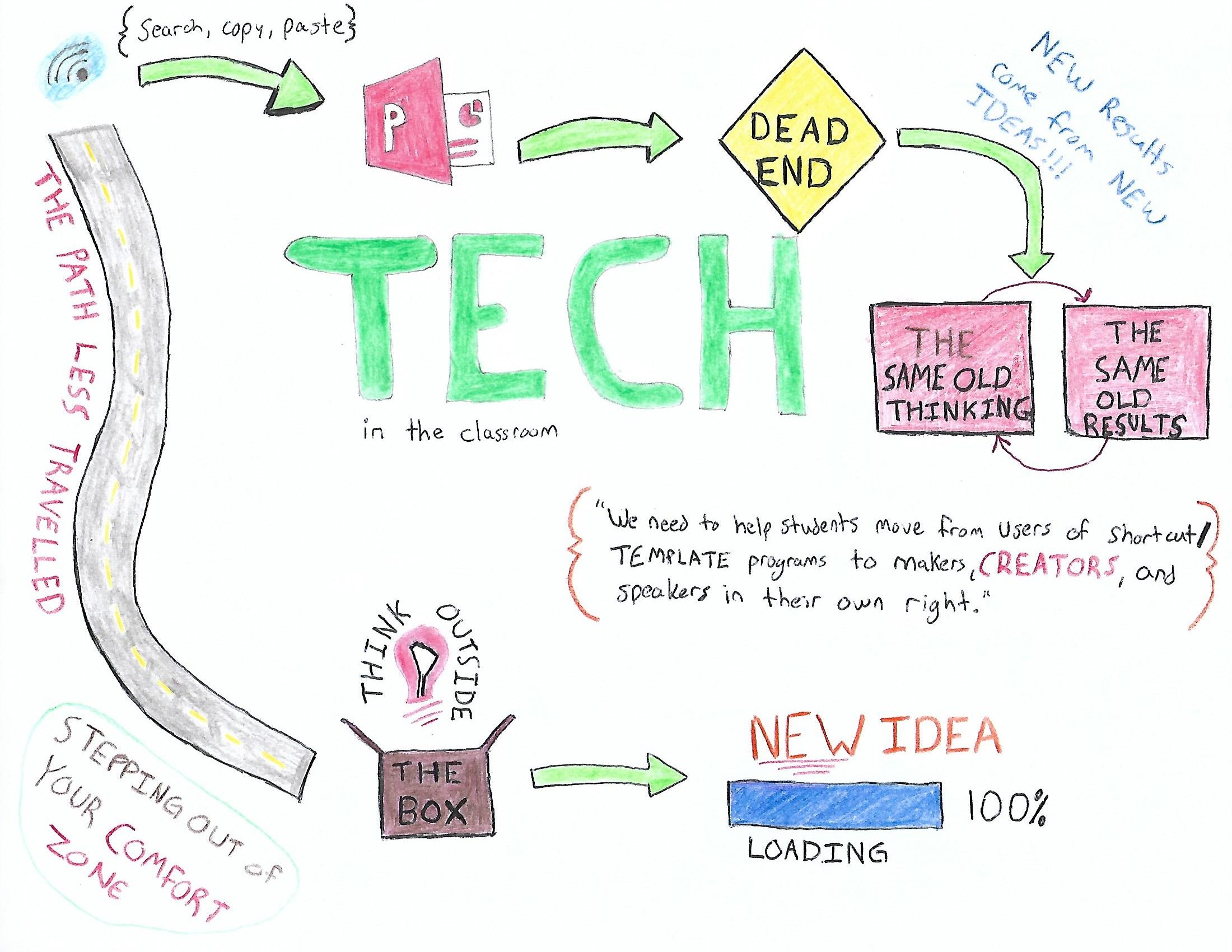The Technologist module, designed by ecampusontario https://extend.ecampusontario.ca/technologist-module-checklist/ is a free resource designed for educators who wish to become a “technologist”. Personally, I learned a lot from this module as many of my friends know I am not the most tech-savvy. The module is a step-by-step tool to help educators gain the basic knowledge they would need to implement more technology integration into their classroom. With the exponential growth that is the technology field, plus technology’s integration into the lives of most students in North America, it seems more important than ever before that teachers are digitally literate. One thing I really liked about this module is it made sure that teachers think of the students specific needs before they designed a plan to integrate technology. Through personal experience I have learned many teachers try to integrate technology just because they feel like they have to, because it is some popular, rather than because it could improve student learning. The latter of course, being the important factor. There are many lessons that exist that can be highly effective without technology integration and I think it is important educators ensure they are integrating technology for the right reasons, which this module certainly stresses as well.
The module taught me not only more about digital literacy, but also design thinking, which was a term I previously had very little experience with. From the module I learned design thinking is a student-centred approach where students find the solution to a problem through feedback. Since it is a human-centred approach, the person who designs the artifact is the one who benefits from it, this is good for education as we want our students to benefit from the artifacts they are asked to create. Following the steps in the module can help teachers learn design-thinking, and more about how to acquire stronger digital literacy skills, which they can then use to increase student learning.
Feel free to click on the following link to read my twitter essay on the subject. https://twitter.com/jaredhansen321/status/1098260077436420103

